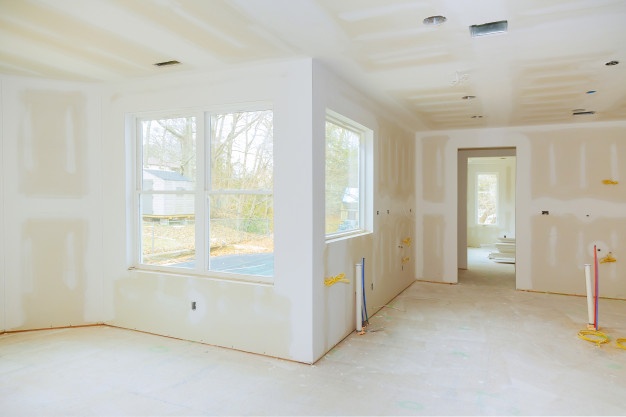-
Gypsum Extraction Line
Gypsum/Anhydrite are produced from open-cast mines or underground mines using pillar and stall mining methods that give extraction rates of up to 75%.
Gypsum is normally only screened to remove ‘fines’ (mainly mudstones), then crushed and finely ground. Gypsum/Anhydrite for cement manufacture is supplied in crushed form for further fine grinding with cement clinker.
When Gypsum (CaSO4,2H2O) is ground to a powder and heated at 150° to 165° C, three-quarters of its combined water is removed producing hemi-hydrate plaster (CaSO4,1/2H2O), commonly known as the ‘Plaster of Paris’. When this powder is mixed with water the resulting paste sets hard as the water recombines to produce Gypsum again. This process can be repeated almost indefinitely, with important implications for recycling.




